
In recent years, the beauty industry has experienced a surge in popularity with various face tools - all promising to deliver better skin and a more youthful appearance. The face lifting tool is one such featured product that aims to rejuvenate and lift the face, improving overall skin quality. However, with the rising number of options between manual and electric tools, it can be confusing for consumers to decide which one is best for them. In this comprehensive guide, we will explore the pros and cons of manual and electric face tools to help you make an informed decision.
What is a Face Lifting Tool?
A face lifting tool is a beauty gadget designed for massaging, lifting, and rejuvenating the skin on the face. These tools come in various shapes, sizes, and functions. They work by promoting blood circulation, stimulating cell turnover, and providing additional skin benefits by applying gentle pressure on the skin. Some popular face lifting tools include face massagers, facial rollers, and gua sha tools.
Manual Face Tools: Pros and Cons
Manual face tools are non-electric devices that require the user to move them across the face manually. Examples include jade rollers, facial massage sticks, and gua sha tools. Here are some pros and cons of using manual face tools:
Pros
- Cost-effective: Manual tools are generally more affordable than their electric counterparts, making them a budget-friendly option.
- Ease of use: With no batteries or electrical components, manual tools are easy to use, clean, and maintain.
- Versatile: These tools can be used on various parts of the face and neck, offering a customized massage experience.
- Travel-friendly: Their compact size and lack of electrical components make manual face tools a convenient option for traveling, and they can be used anywhere, anytime.
- Safety: With no risks of electric shock or overheating, manual face tools offer a safer option for users who are new to facial treatments or have sensitive skin.
Cons
- Time-consuming: Manual tools require more time and effort compared to electric devices as the user controls the pressure and directs the movement.
- Inconsistent: The pressure applied during a manual massage may not be consistent, leading to variable results.
- Limited features: Unlike electric tools, manual devices offer limited functionality, which may not address specific skin concerns.
Electric Face Tools: Pros and Cons
Electric face tools are battery-powered or rechargeable devices that provide a more advanced and technological approach to face lifting. Examples include electric face massagers, cleansing brushes, and LED light therapy devices. Here are some pros and cons of using electric face tools:
Pros
- Efficiency: Electric tools provide a faster and more effective face massage by automatically delivering consistent pressure and vibration.
- Customization: Most electric tools offer adjustable settings, allowing users to tailor their face massage to their specific needs and preferences.
- Advanced features: Many electric face tools come with advanced features such as exfoliating brushes, LED light therapy, and temperature control options.
- Professional results: High-quality electric face tools can deliver professional-grade results, such as improved skin tone and texture, at home.
Cons
- Cost: Electric face tools often come with a higher price tag compared to manual devices.
- Maintenance: These tools require additional care, including cleaning, battery replacement, or charging.
- Safety concerns: Although rare, electric face tools may cause irritation for those with sensitive skin or allergies, and there's a risk of malfunctions like short-circuiting.
- Less portable: Electric tools are typically bulkier and require a power source, making them less convenient for travel.

Key Considerations When Choosing a Face Lifting Tool
- Budget: Determine your budget and decide if manual or electric face tools would better suit your financial priorities.
- Skin type: If you have sensitive skin or skin conditions, consult a dermatologist or skincare professional to ascertain which type of tool is appropriate for you.
- Desired features: Consider the specific features you are looking for in a face lifting tool, such as customization options, advanced features, or ease of use.
- Individual needs: Assess your skin's unique concerns and preferences to determine which tool best addresses your needs - manual for a more personal touch or electric for advanced technology.
- Convenience: If you frequently travel, manual tools may prove to be more convenient due to their compact size and lack of electrical components.
Ultimately, the choice of using a manual or electric face lifting tool boils down to personal preference. Both options come with their pros and cons, and the decision should be made by assessing your individual skincare needs, budget, and lifestyle. To explore a range of face lifting tools, feel free to visit the Efforest collection and make the most out of your skincare routine.
Frequently Asked Questions
Is an electric or manual shaver better?
The choice between an electric and manual shaver ultimately depends on an individual's personal preference, budget, and specific grooming needs. Electric shavers often provide quicker, more efficient results with minimal irritation, while manual shavers can offer a closer shave at a lower cost. Each option comes with its pros and cons, so it's essential to consider your personal priorities when deciding between the two.
What are the pros and cons of electric shavers?
Pros:
- Quicker results: Electric shavers can provide faster shaving than manual razors.
- Convenience: They are easy to use and require minimal preparation.
- Less irritation: Electric shavers often cause less irritation and razor burn compared to manual razors.
- Adjustable settings: Many electric shavers come with adjustable settings, allowing for customization according to personal preference.
Cons:
- Cost: Electric shavers tend to be more expensive than manual razors.
- Maintenance: They require regular cleaning and may need battery replacements or charging.
- Not as close of a shave: Electric shavers may not provide as close of a shave as a manual razor.
- Environmental impact: Electric shavers use batteries or electricity, contributing to their environmental footprint.
Are manual facial cleansing brushes good?
Manual facial cleansing brushes can be an effective addition to your skincare routine, as they help in gently exfoliating the skin and removing dirt, excess oil, and makeup residue. They can enhance the effectiveness of your facial cleansers and boost skin radiance. However, these brushes should be used thoughtfully to avoid over-exfoliation, which may cause skin irritation or damage.
What are the disadvantages of face brushes?
Some potential disadvantages of using face brushes include:
- Over-exfoliation: Using a face brush too frequently or with too much pressure can lead to over-exfoliation, causing skin irritation and damage.
- Hygiene concerns: Face brushes, if not cleaned regularly, can harbor bacteria which may contribute to skin problems like breakouts.
- Uneven pressure: Manual face brushes may lack consistent pressure and speed when compared to electric brushes, potentially leading to uneven exfoliation.
- Incompatibility with certain skin types: Face brushes may not be suitable for those with sensitive skin, severe acne, or skin conditions such as rosacea or eczema.
To conclude, it is crucial to weigh the pros and cons of face brushes based on your skincare needs and consult a professional if you have any concerns regarding their use.


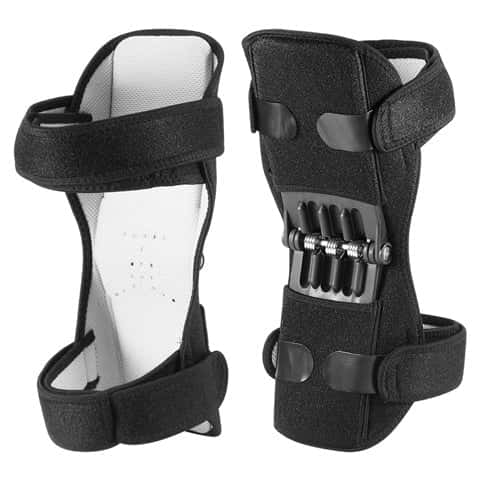


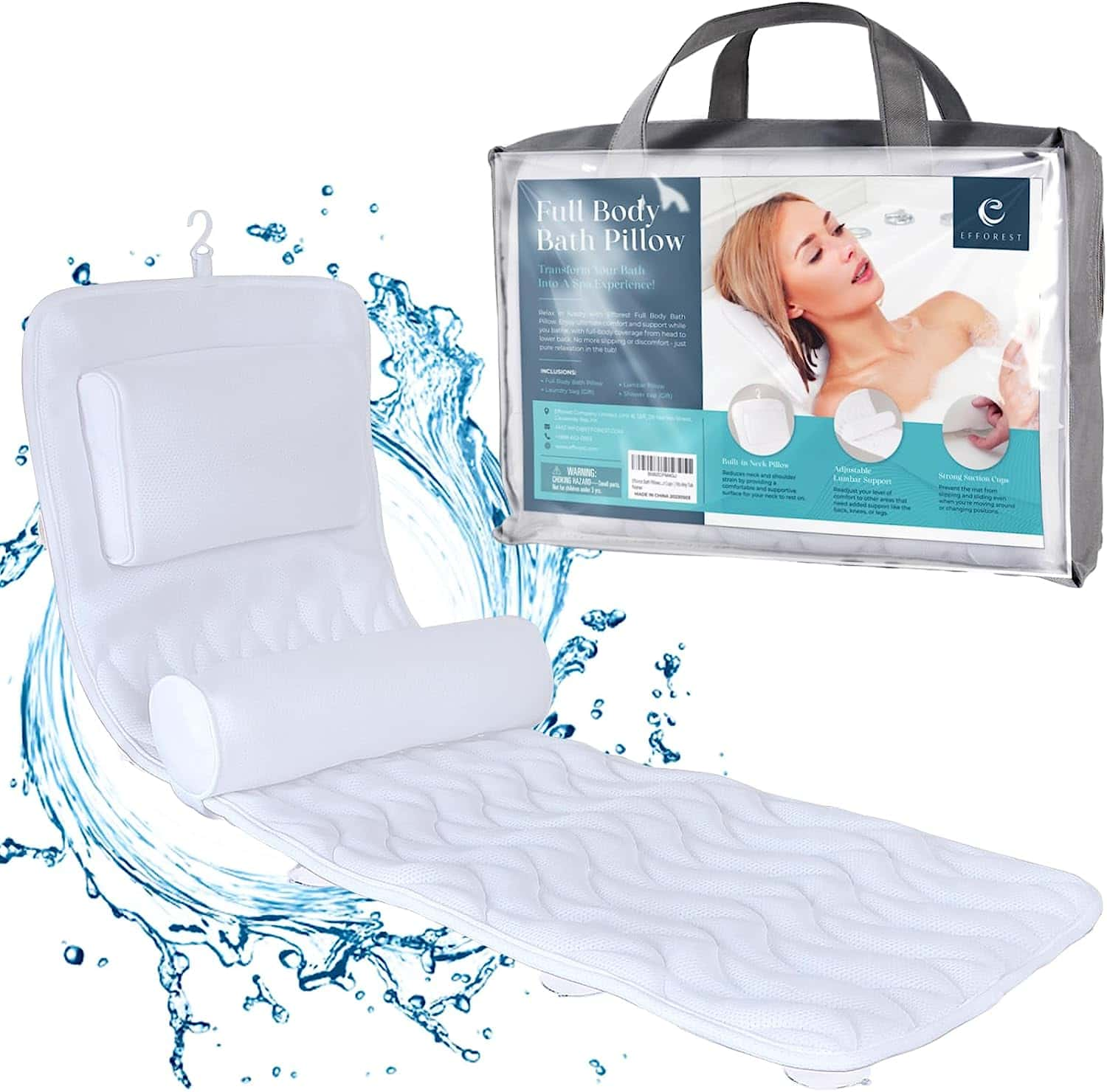


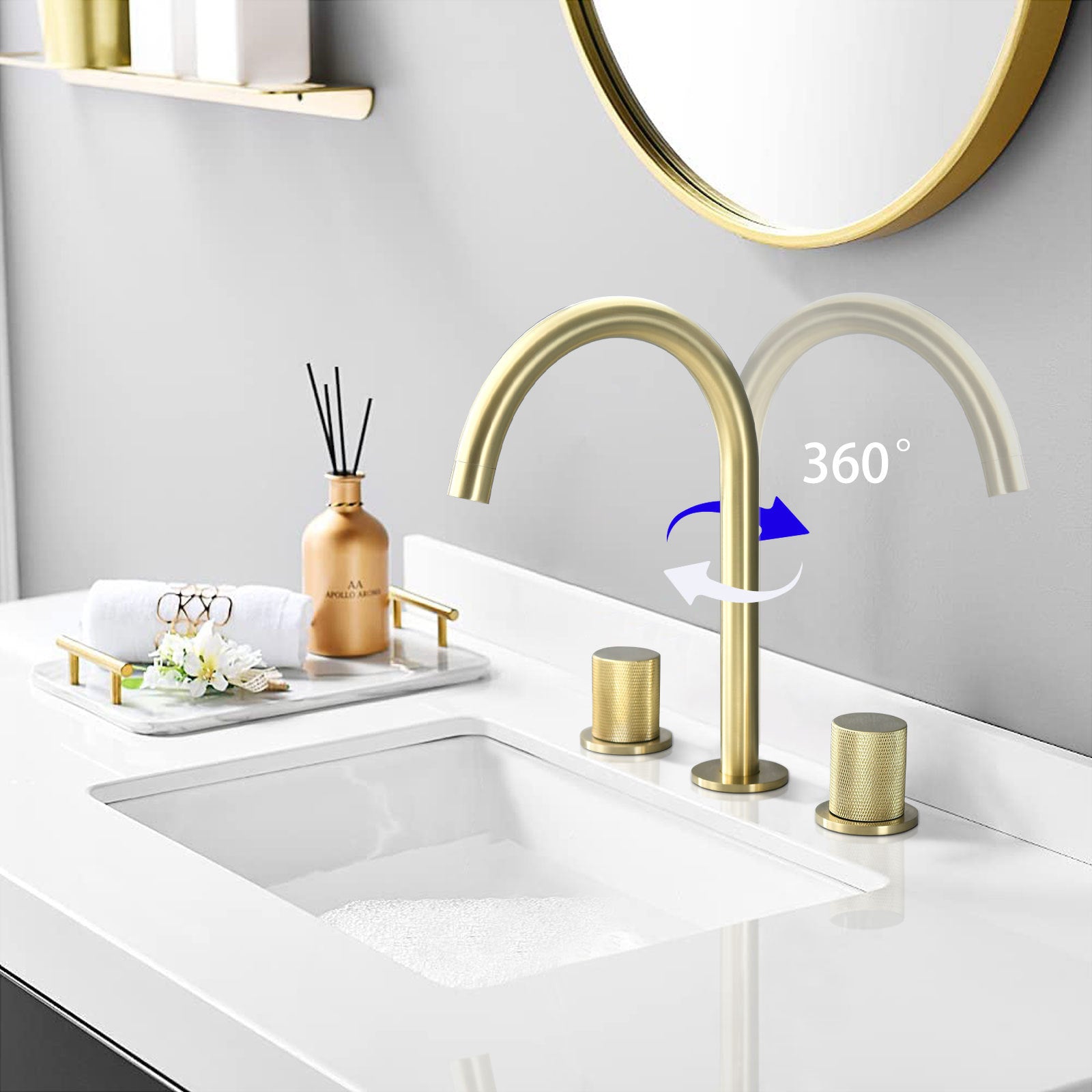
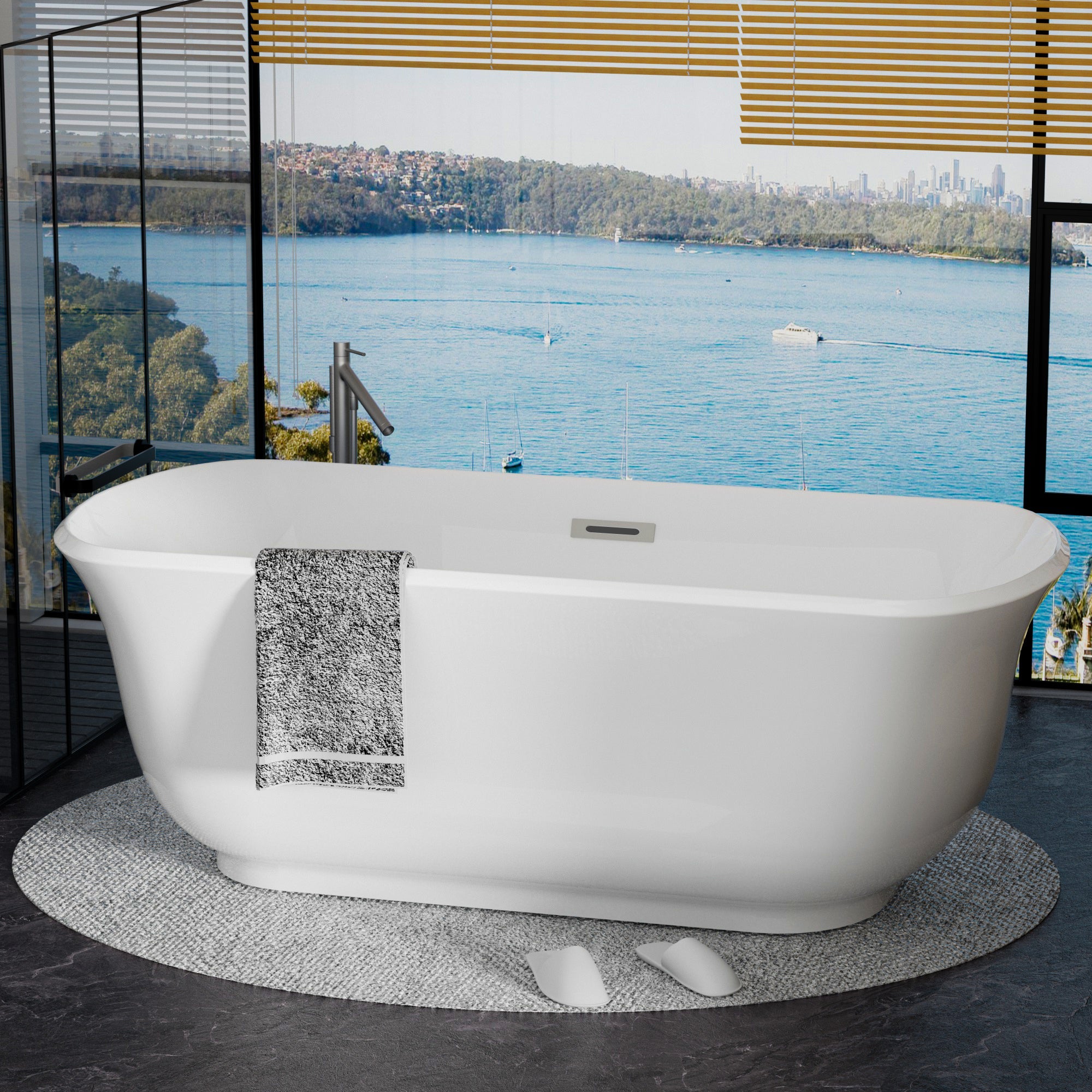



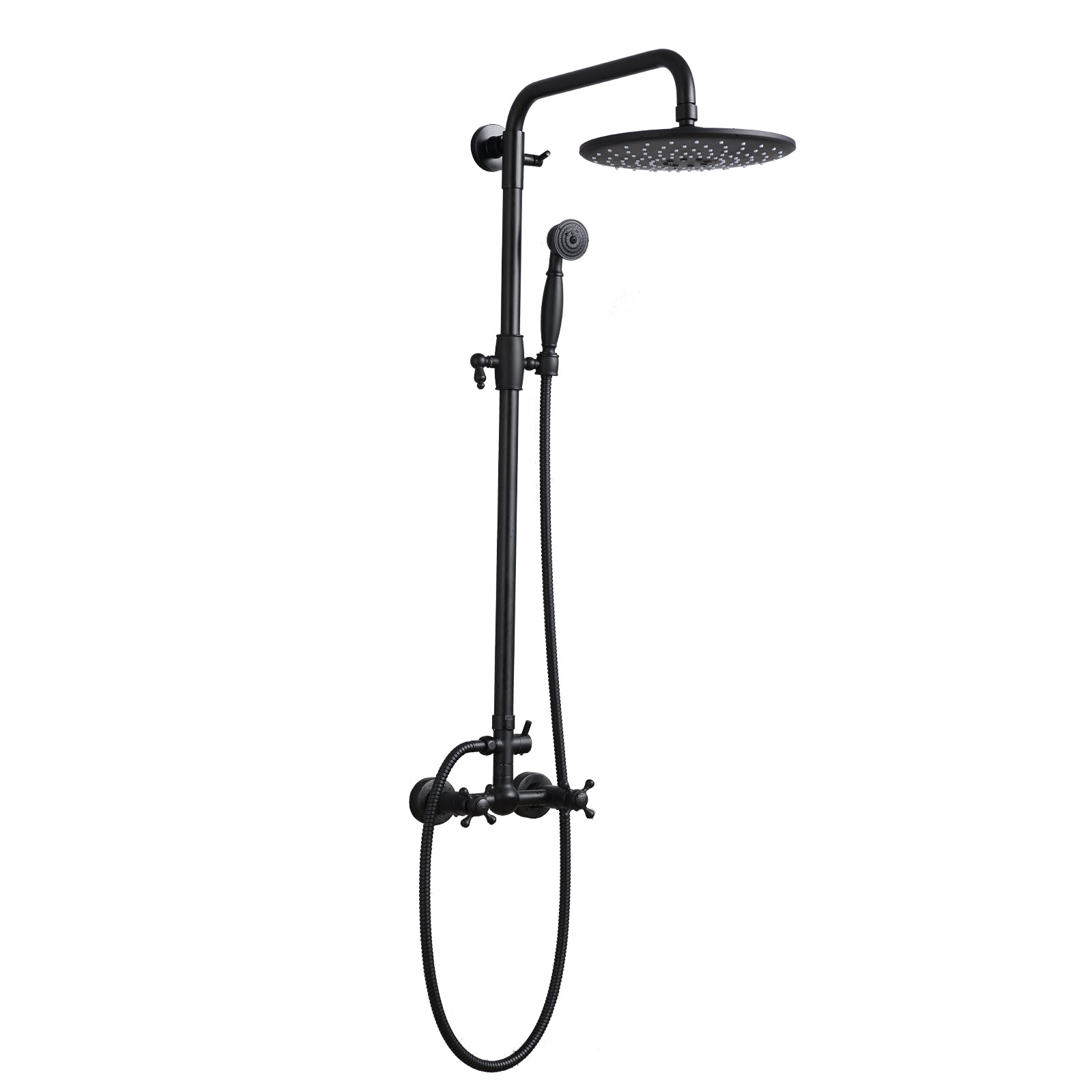




















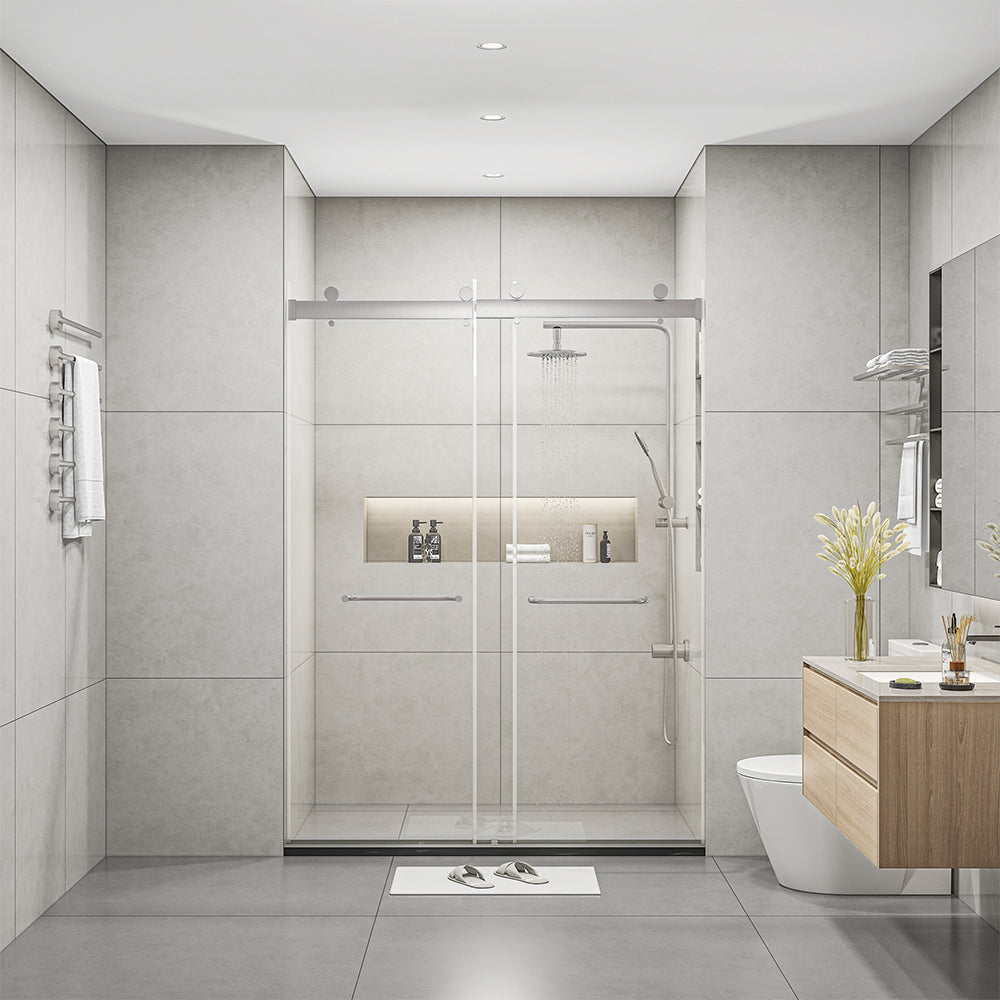
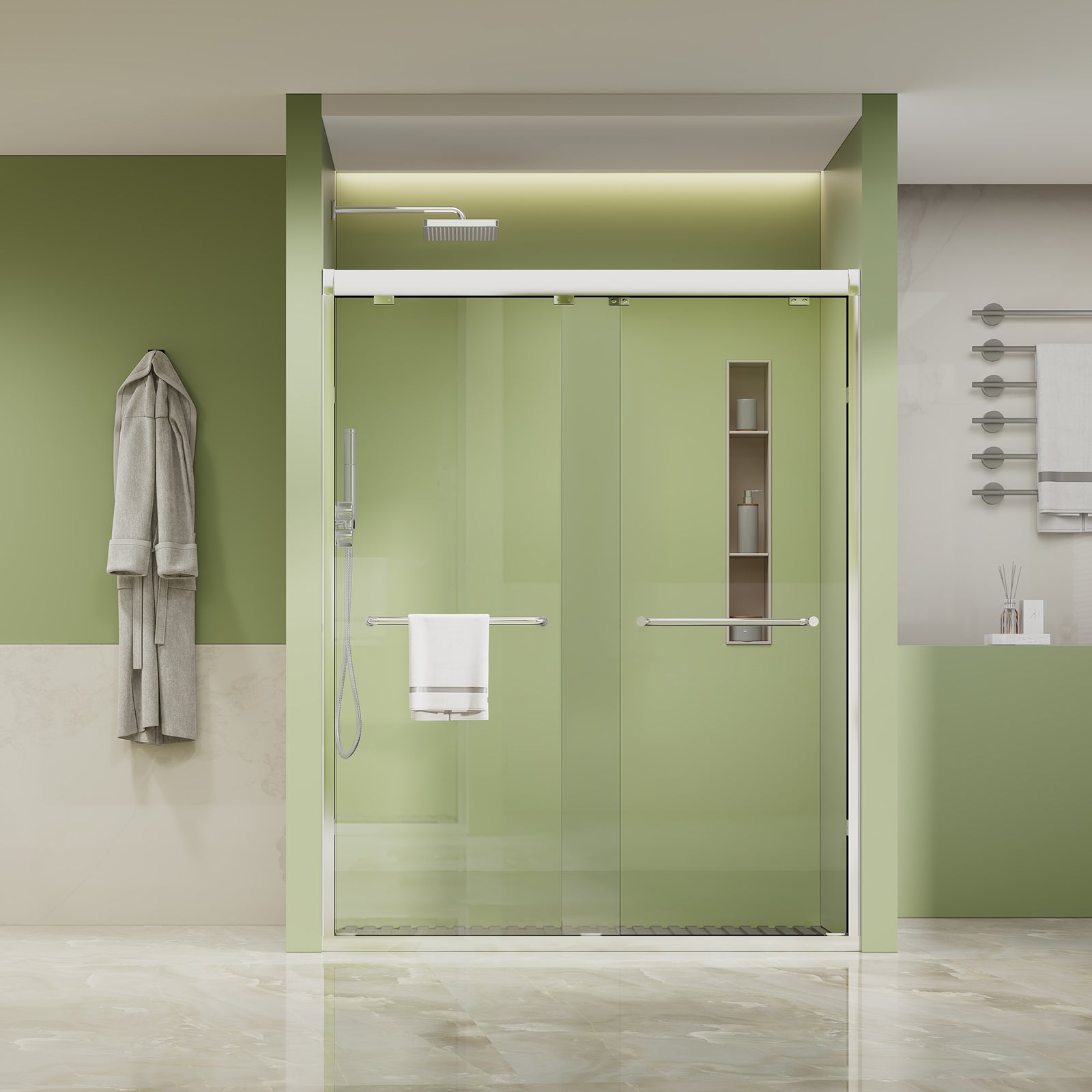
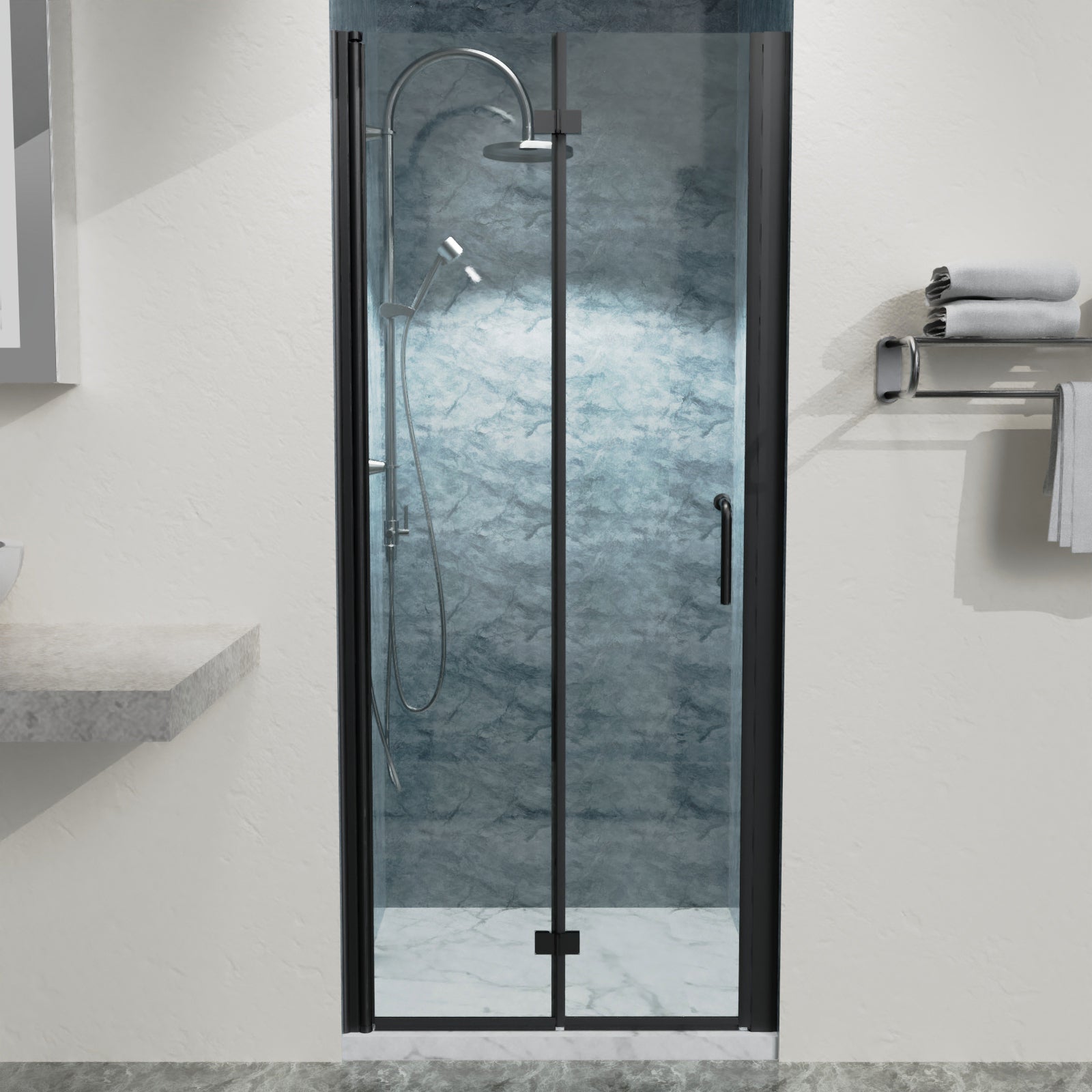
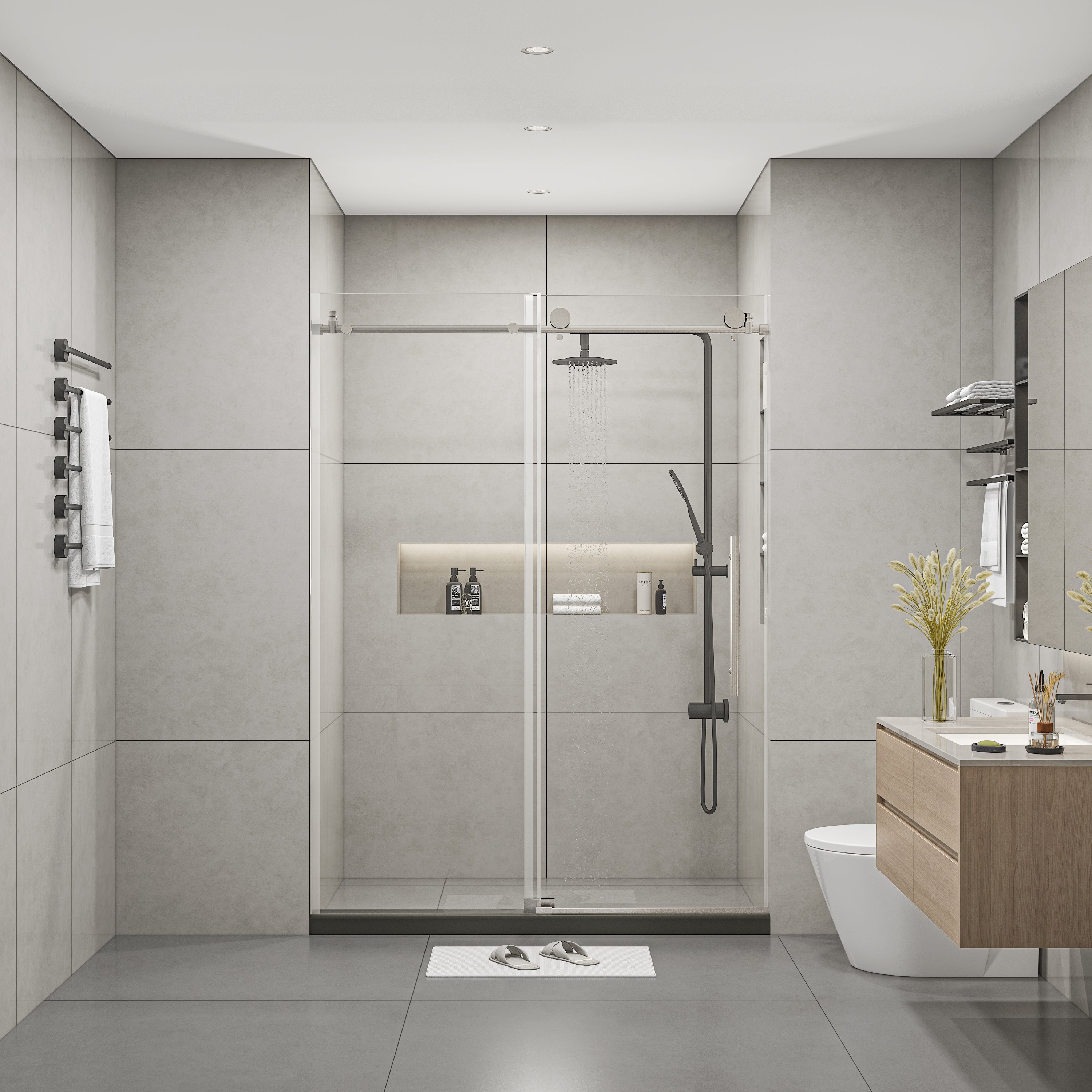
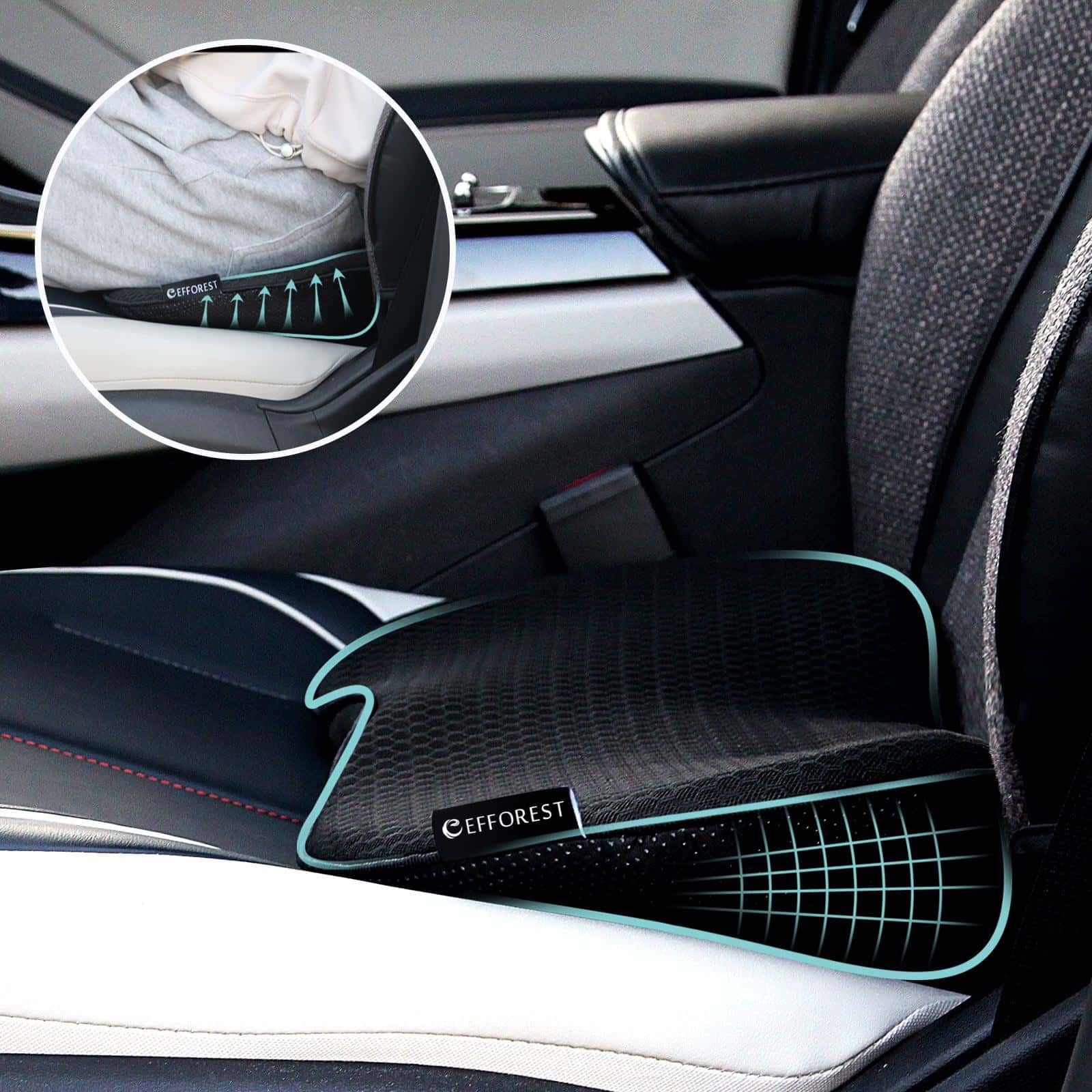
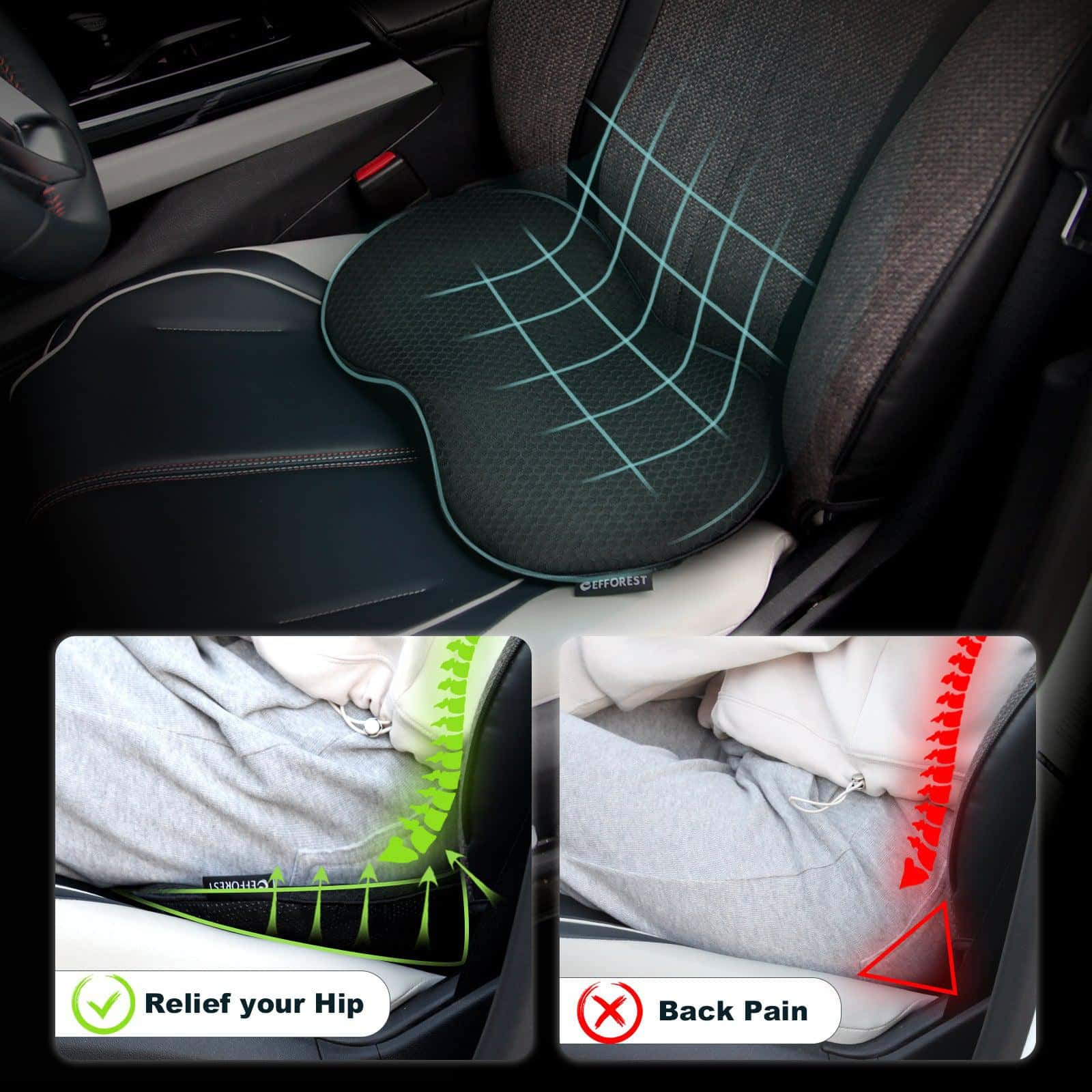

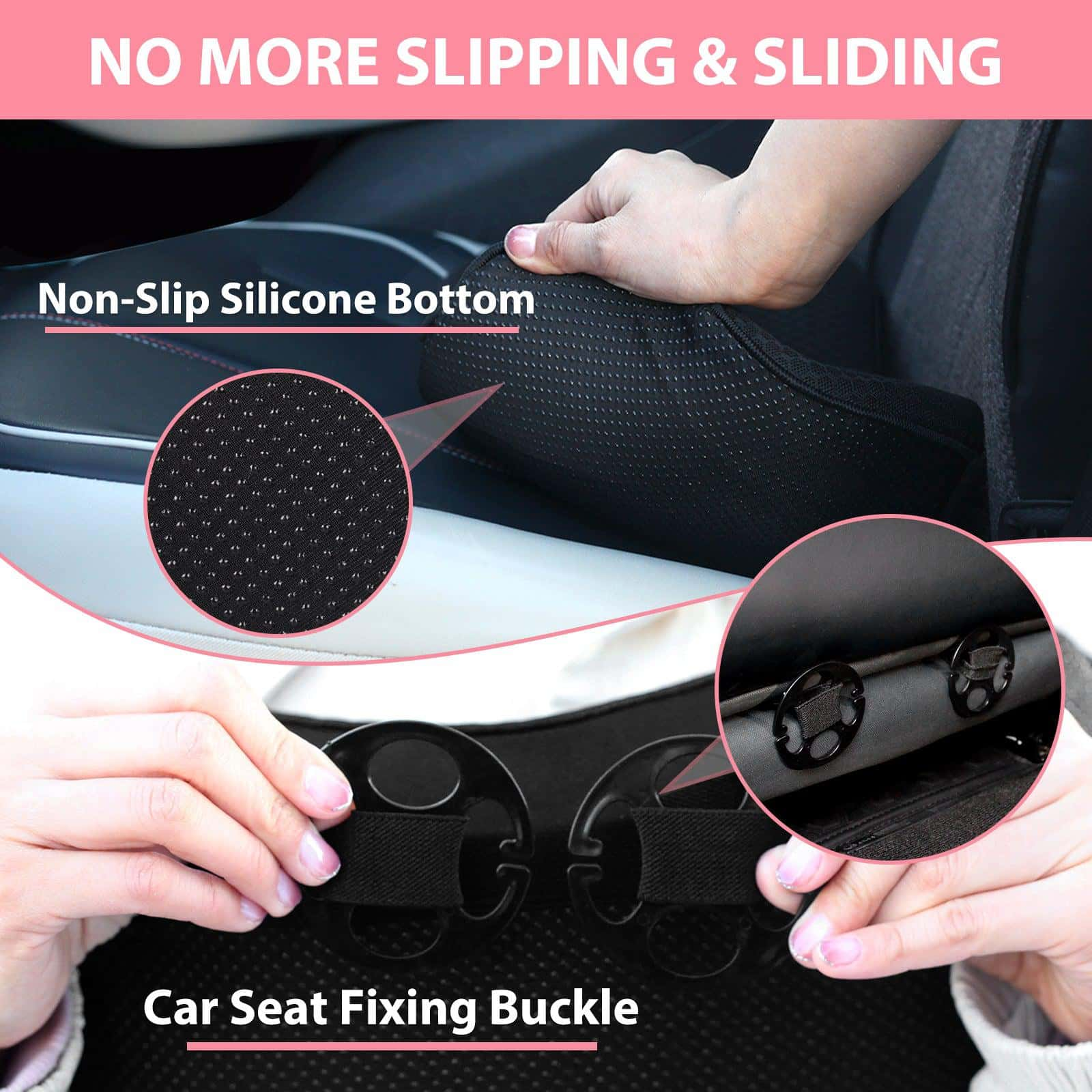
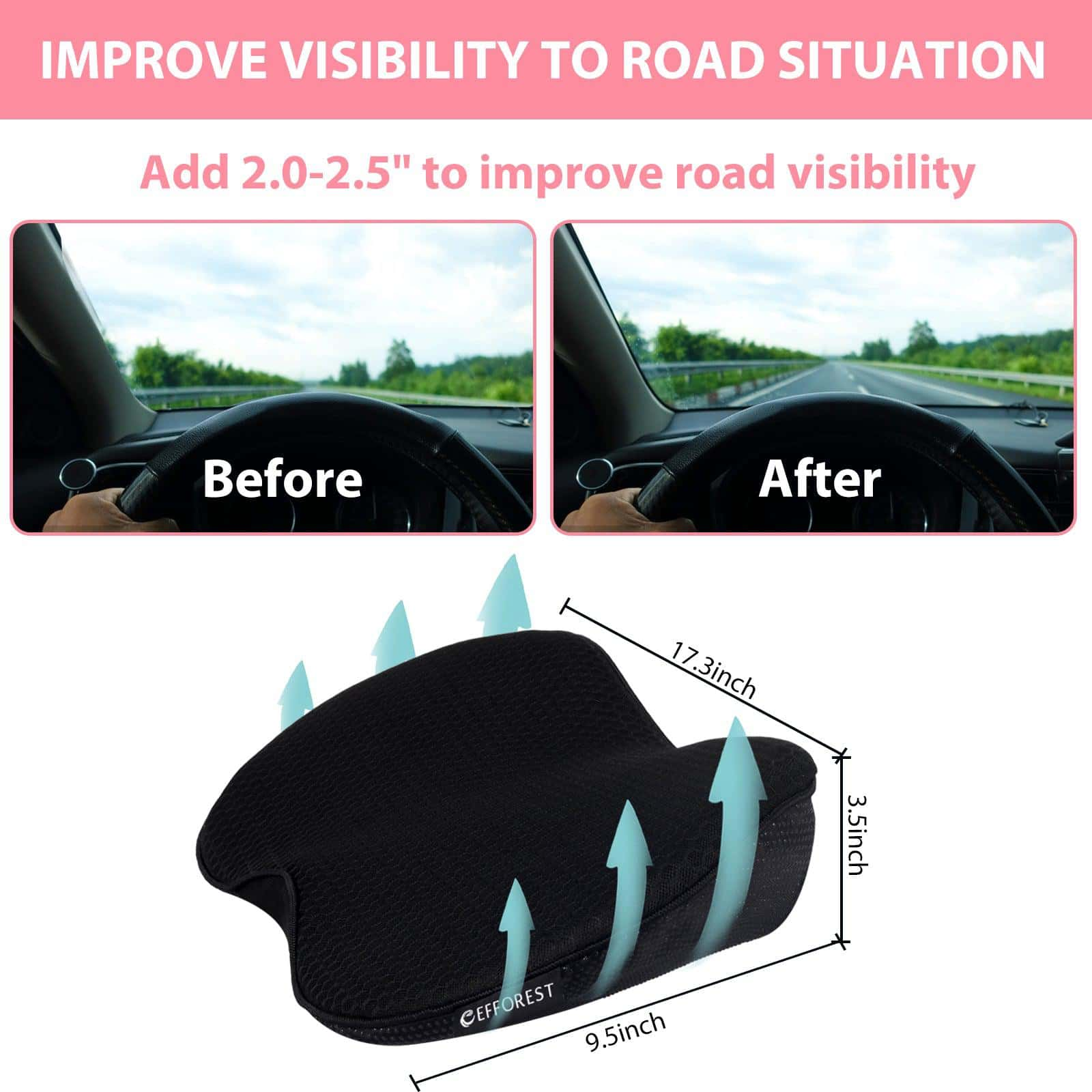



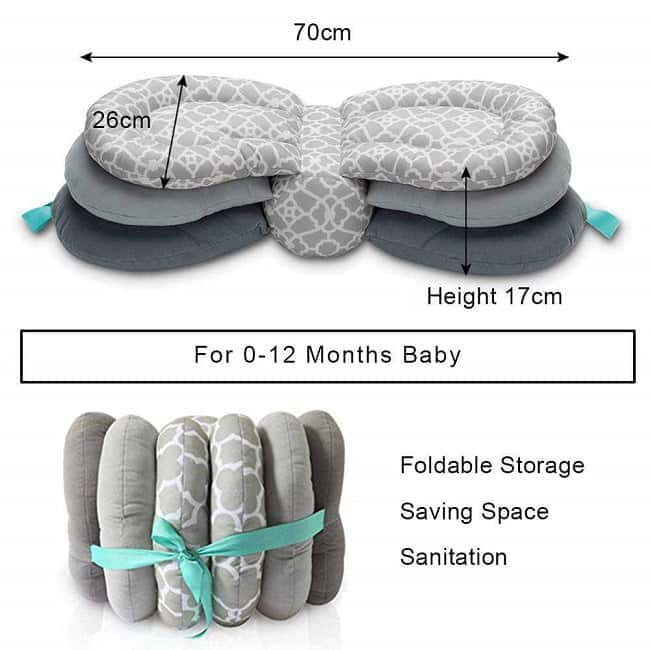



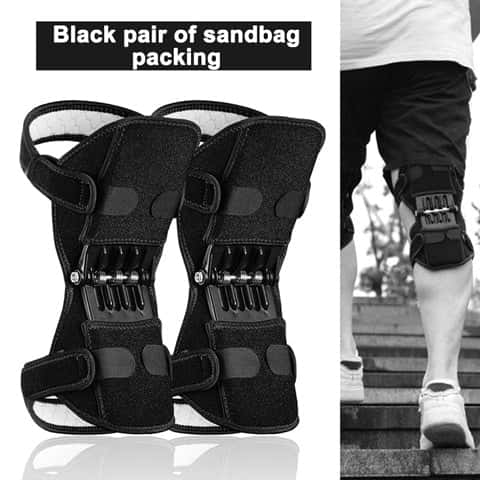
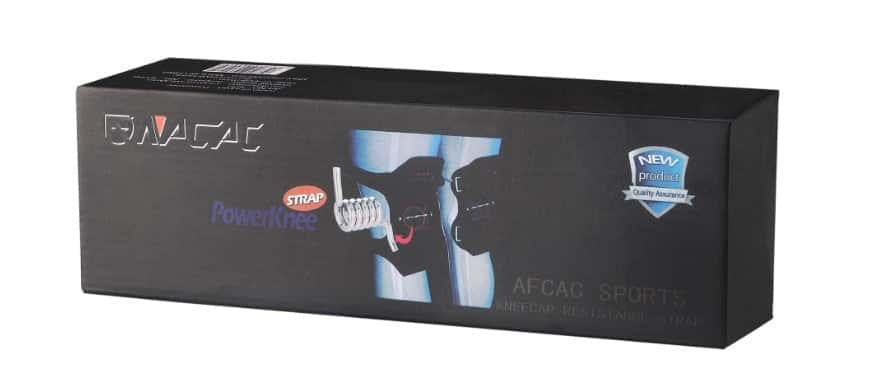

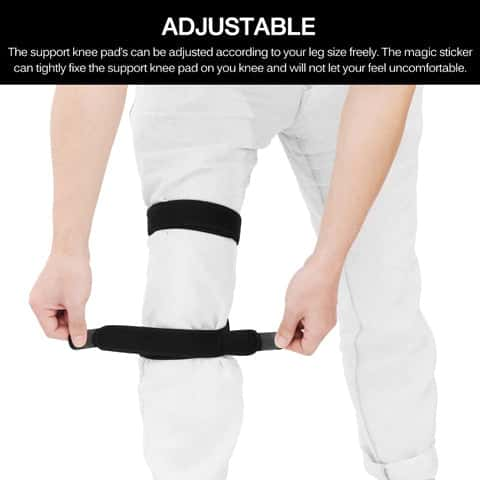
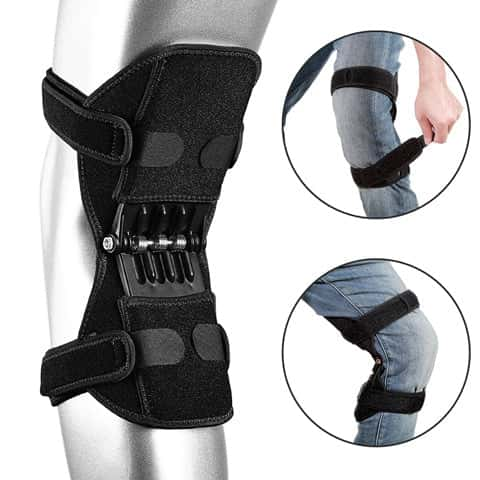
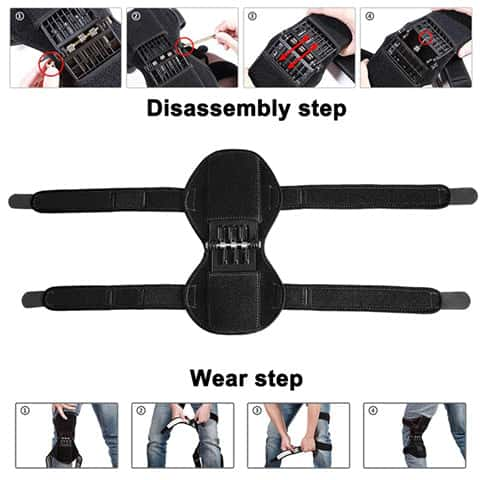
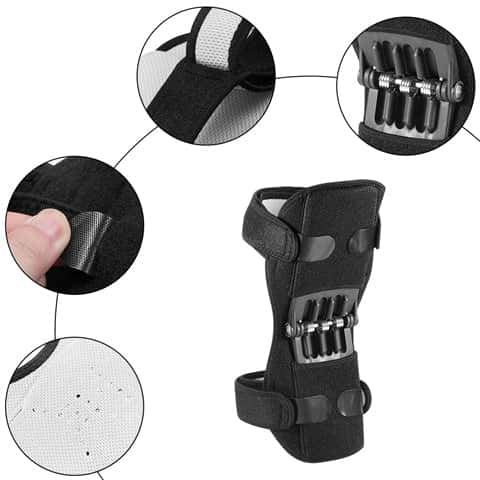
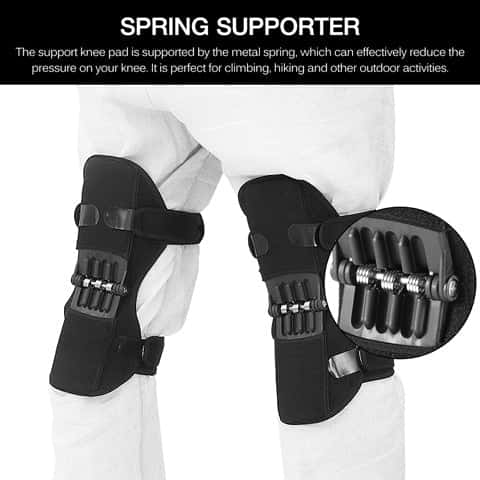
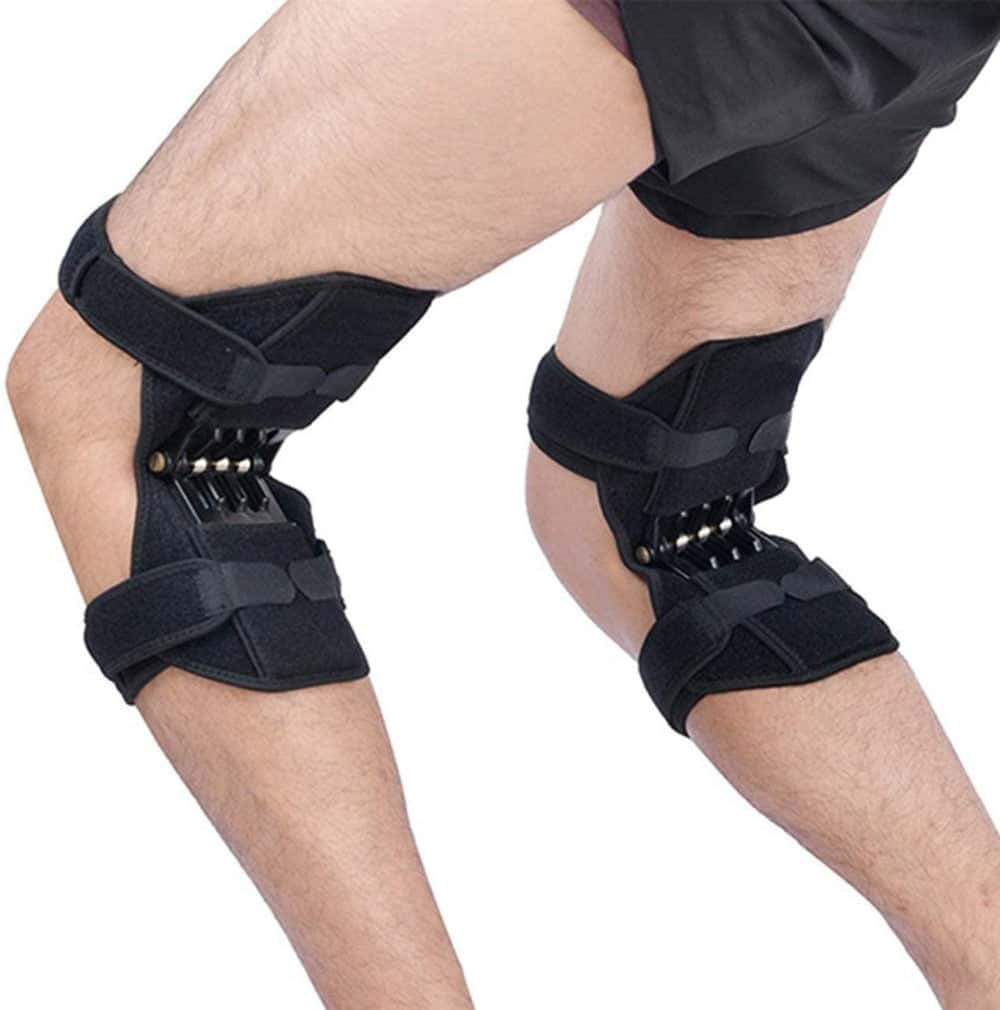

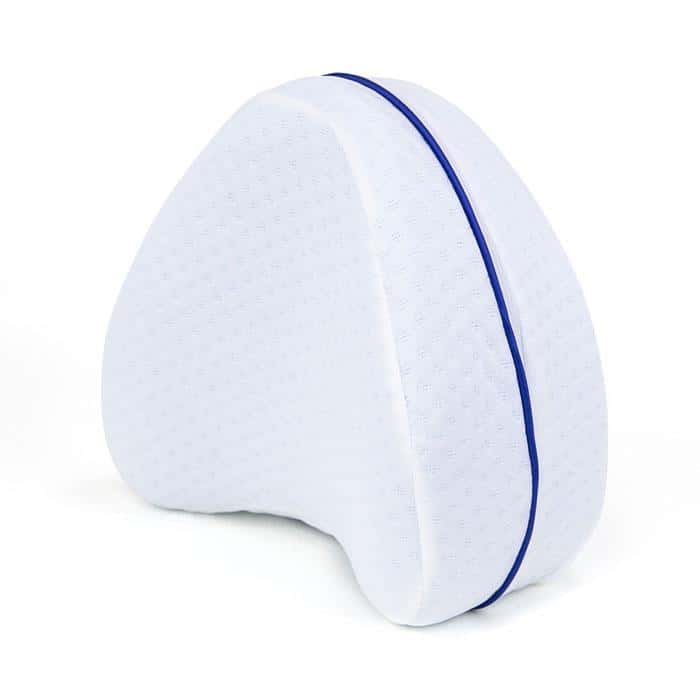

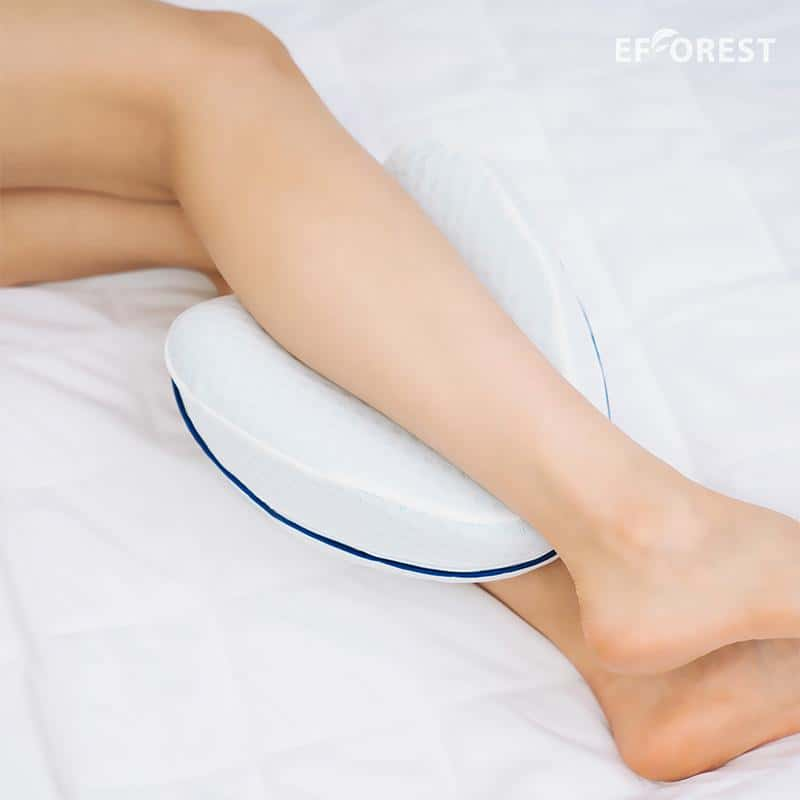
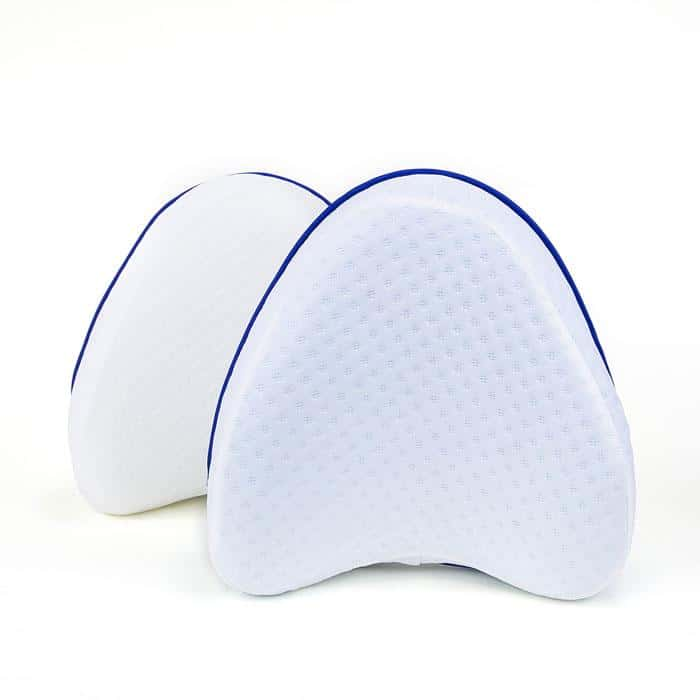
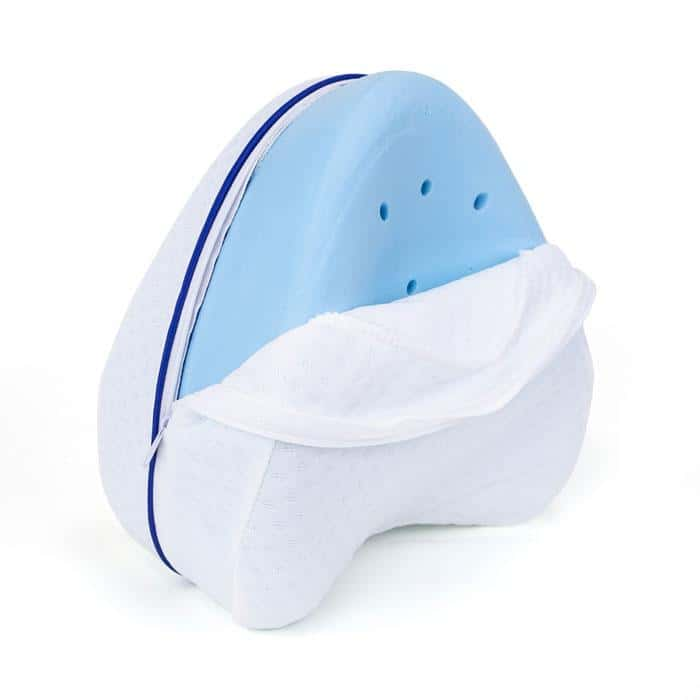
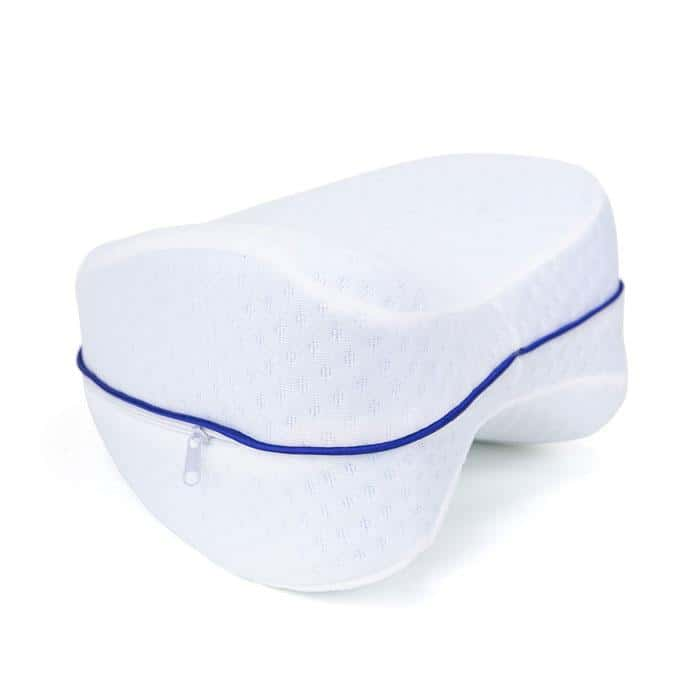


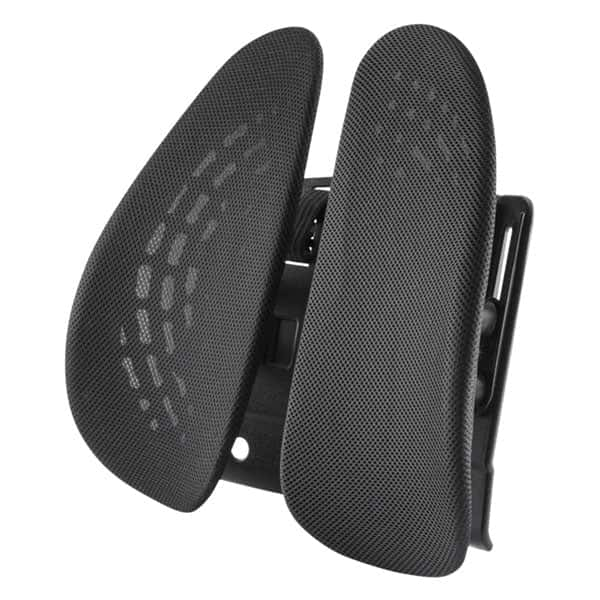
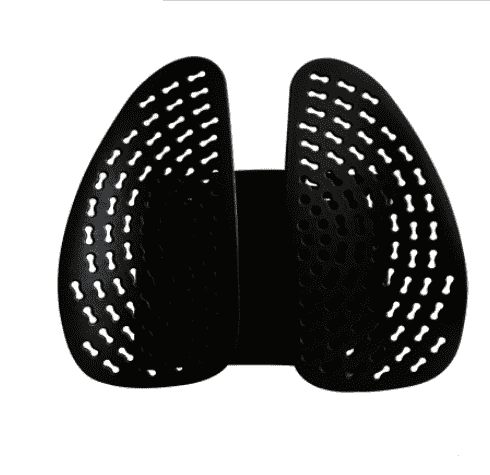
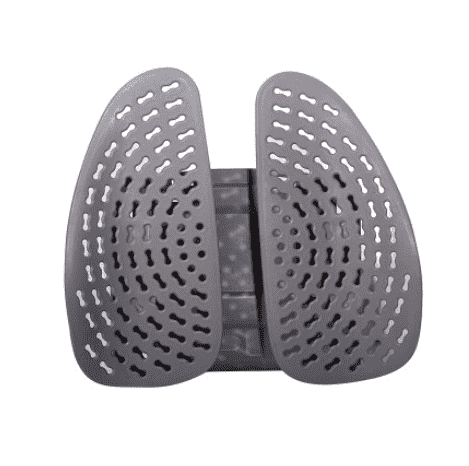
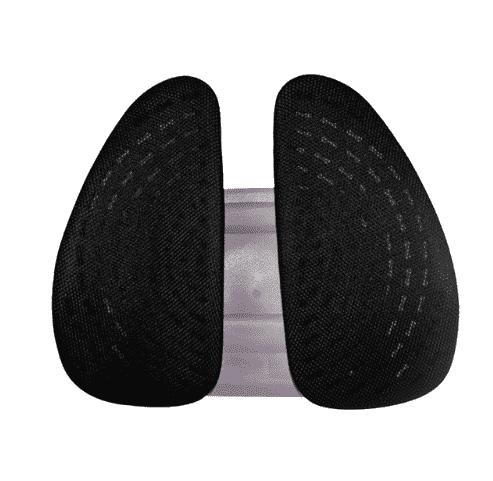





Share and get 15% off!
Simply share this product on one of the following social networks and you will unlock 15% off!